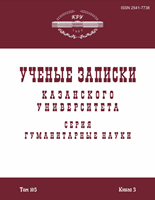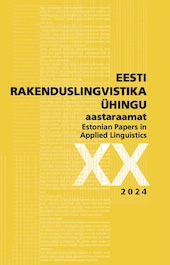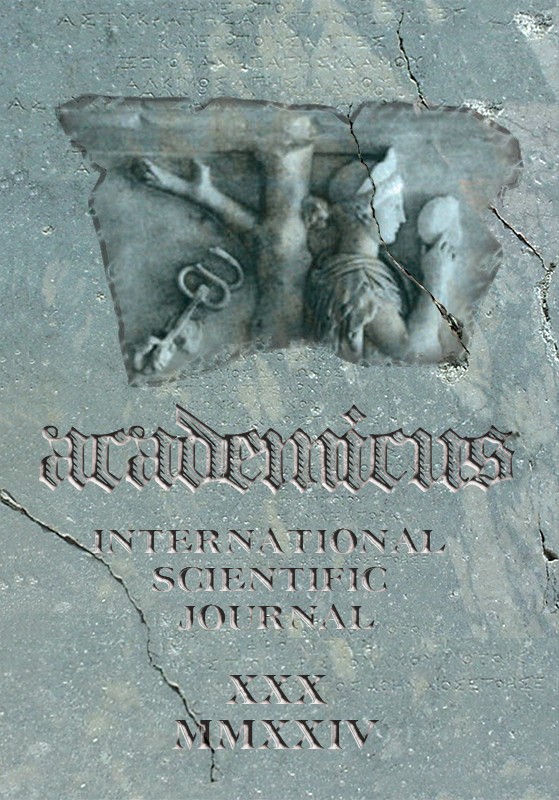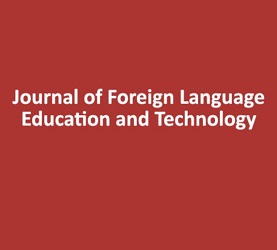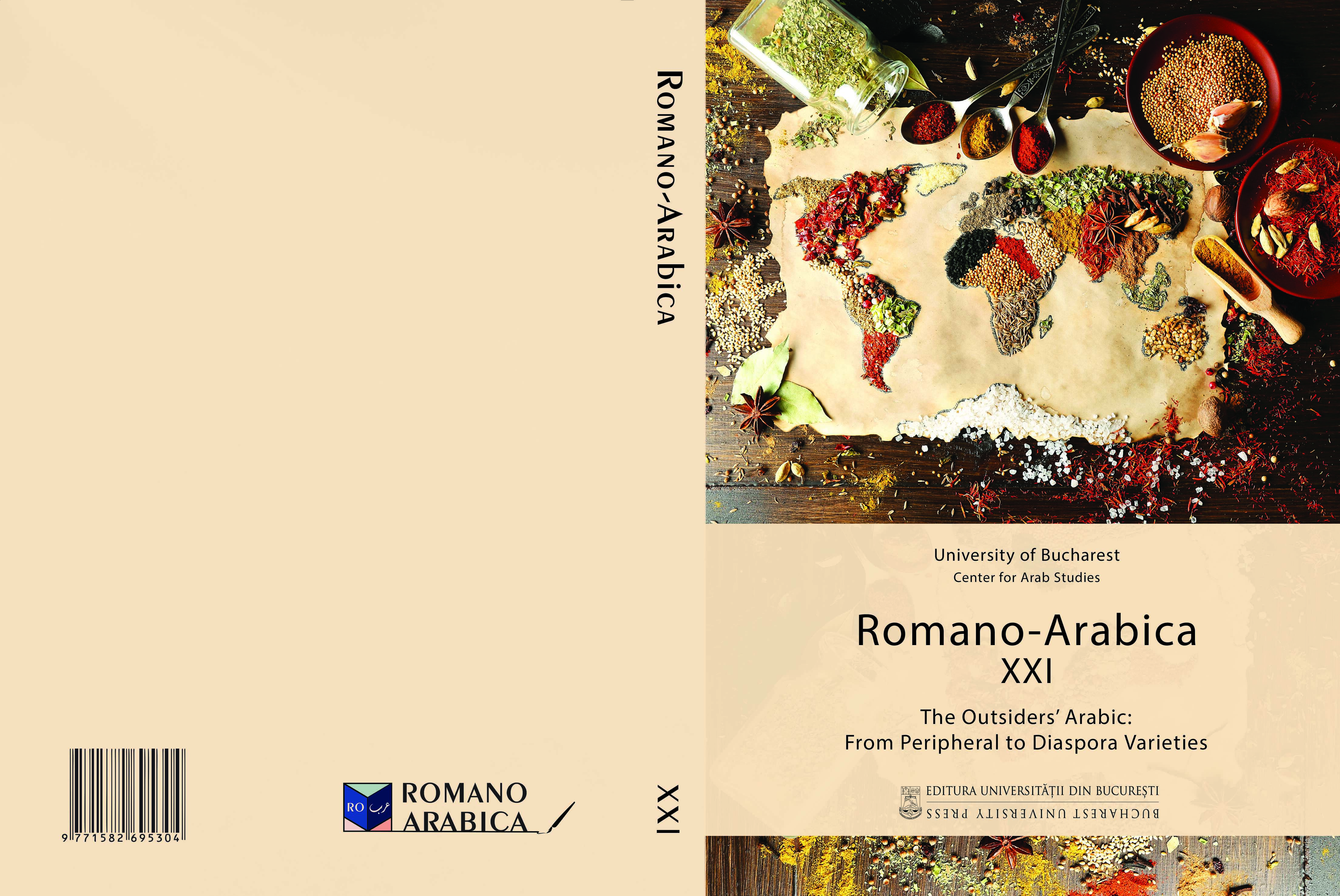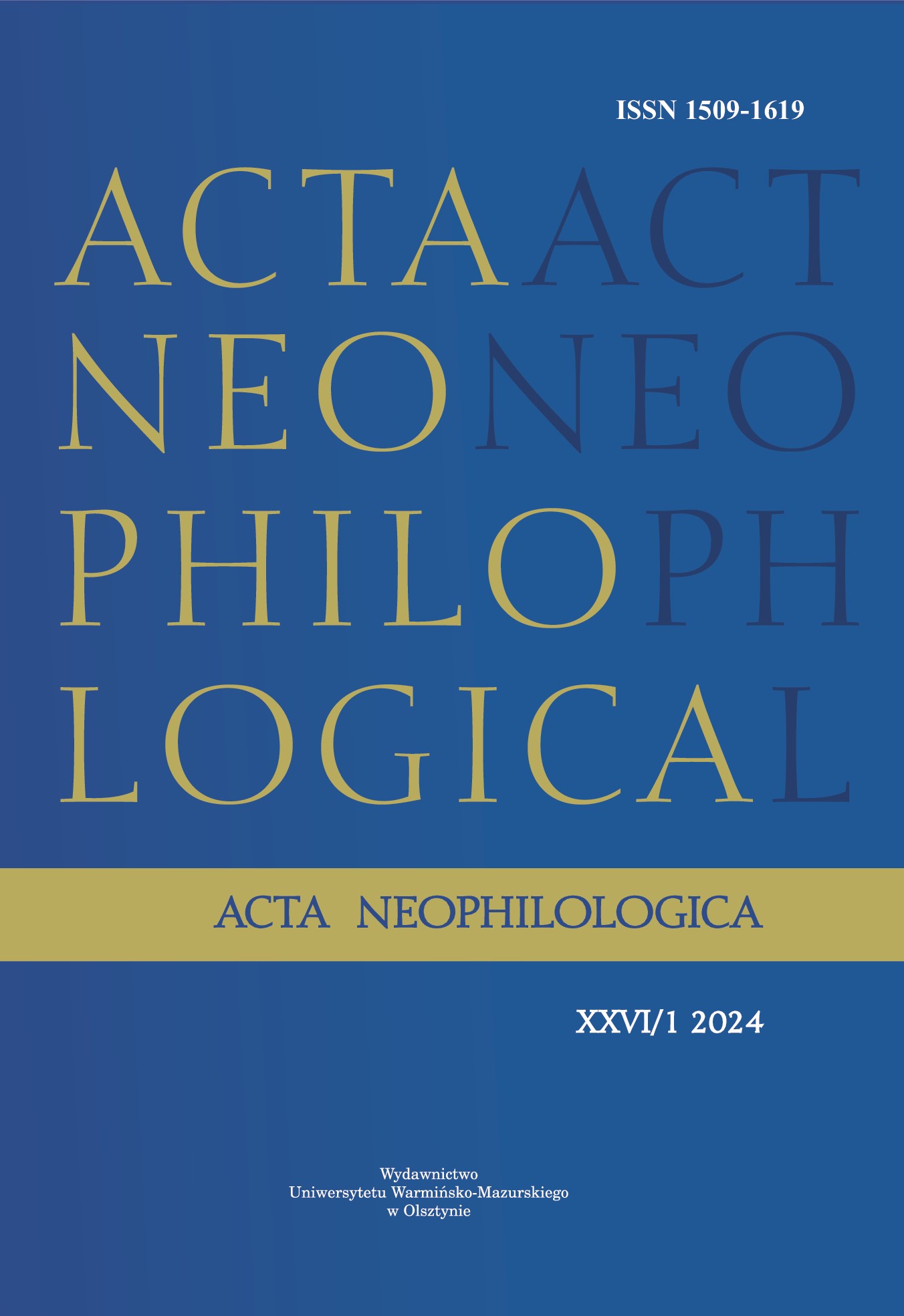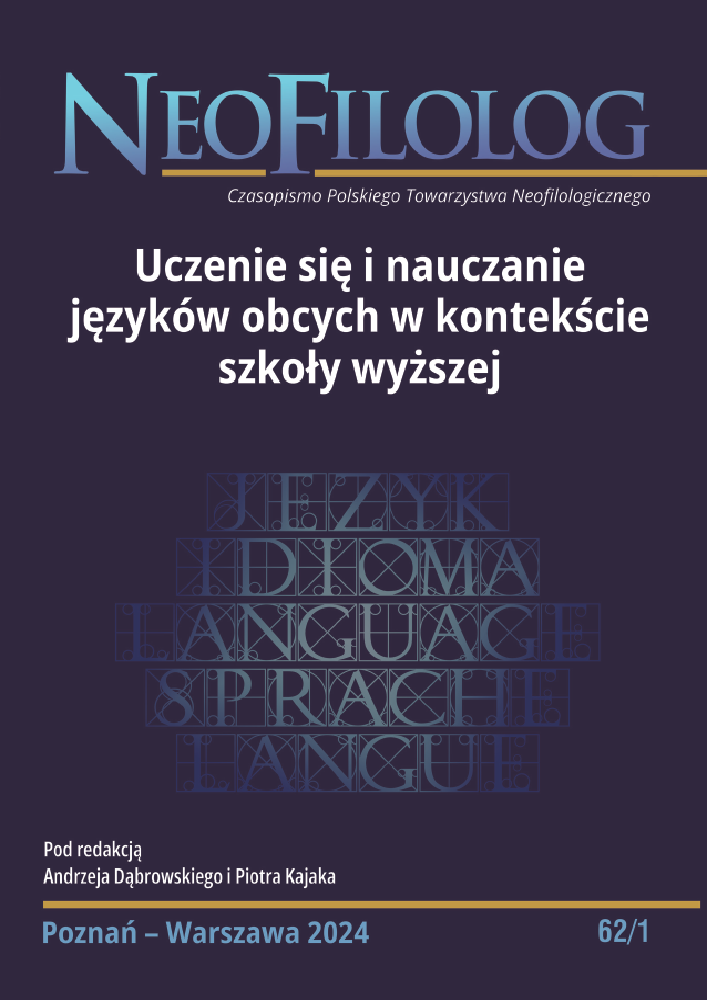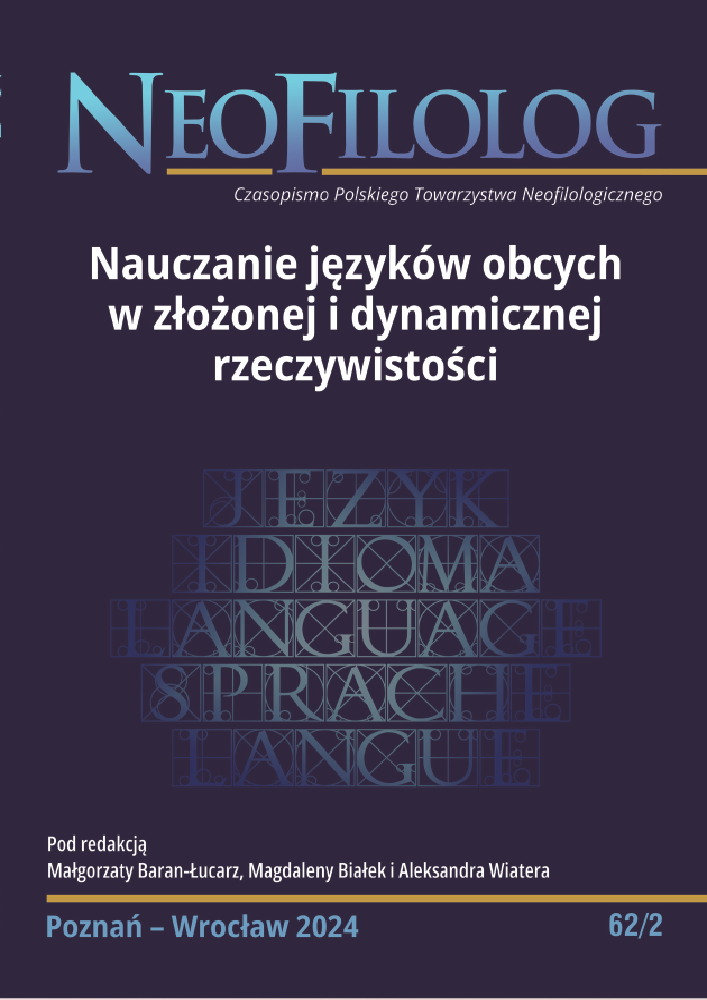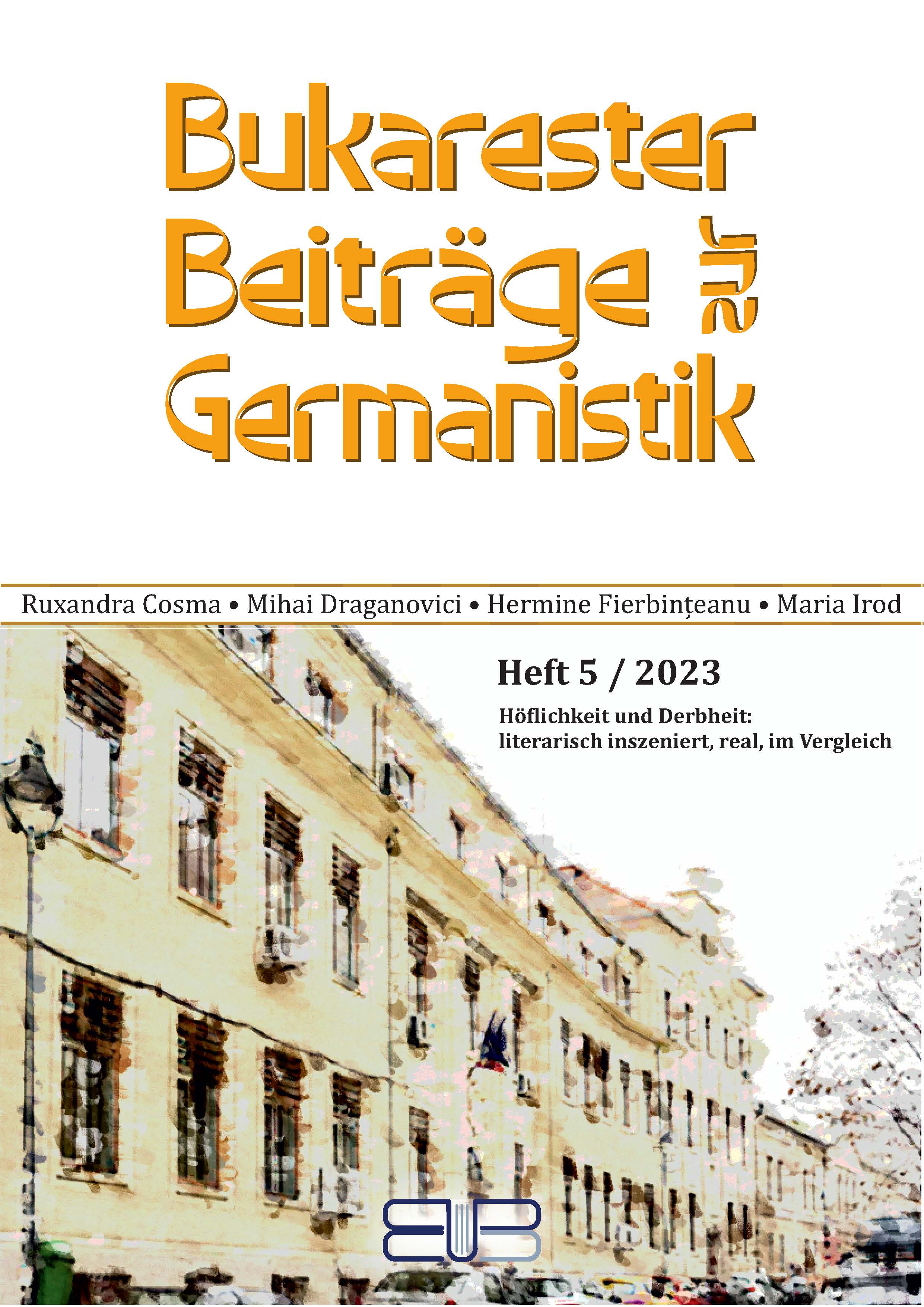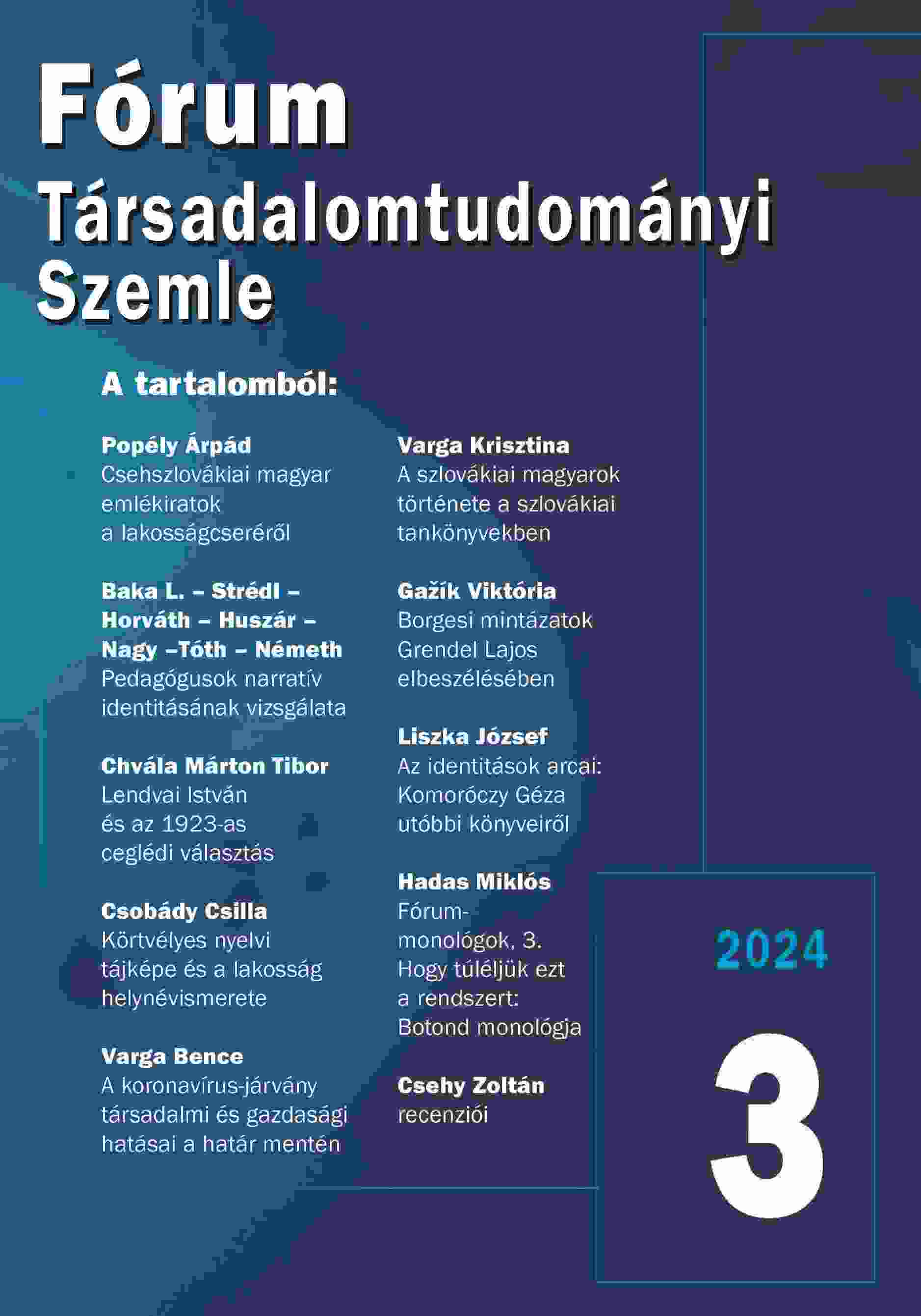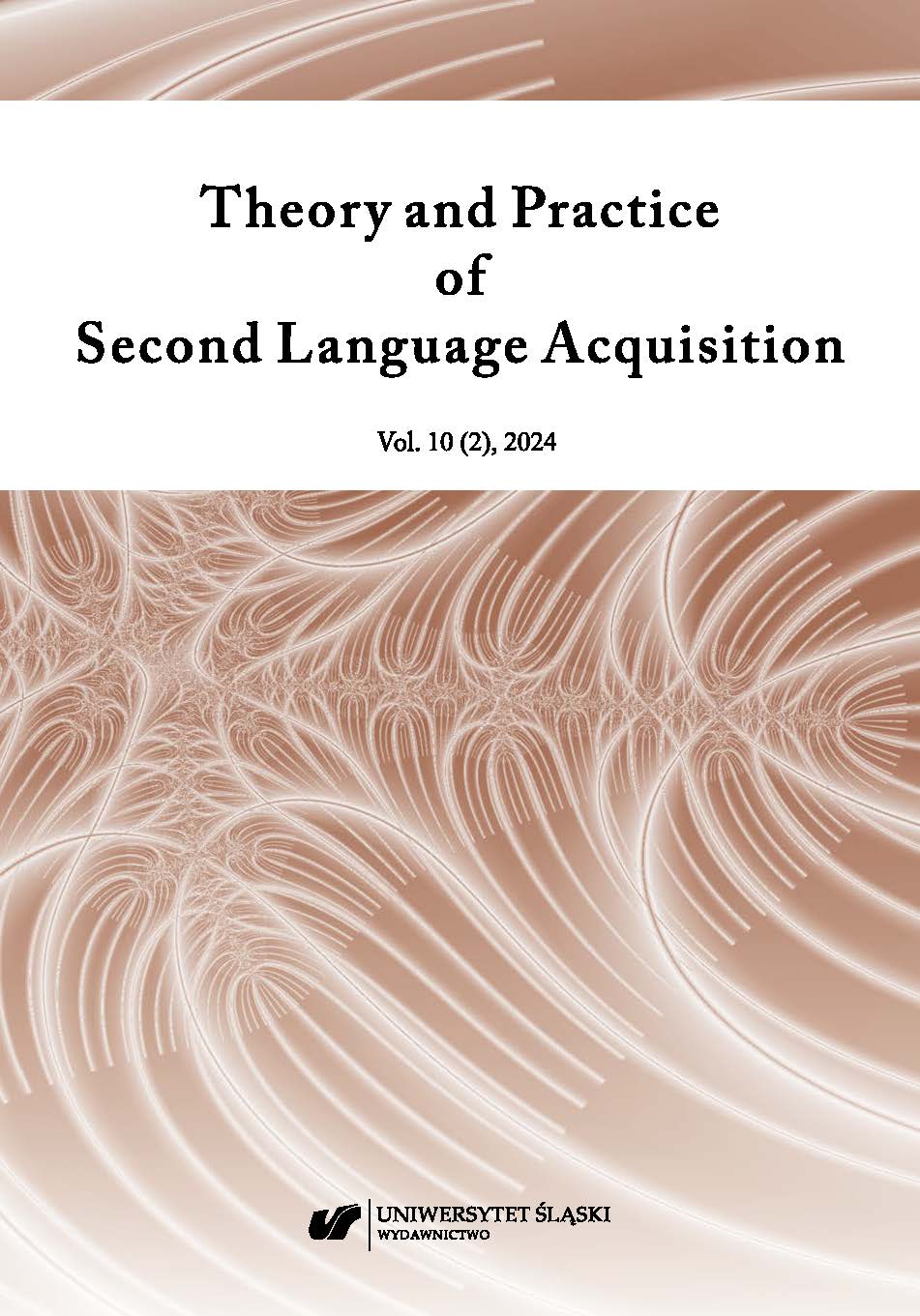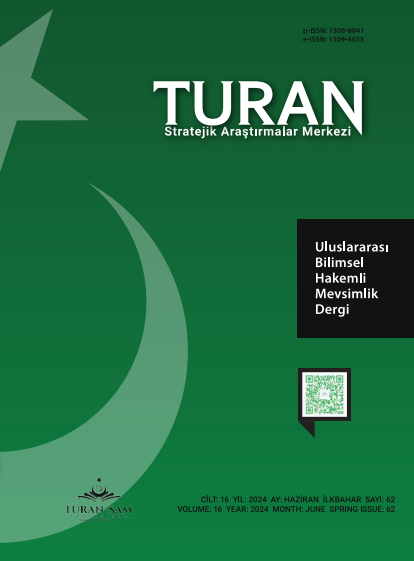
ANXIETY LEVELS AND CAUSES IN ENGLISH CLASSES
The study "Anxiety Levels And Causes In English Classes" delved into understanding the intricacies of anxiety levels among students in English classes. Through a comprehensive analysis, several key findings emerged. Firstly, age emerged as a significant factor influencing anxiety levels. Notably, 14-year-old students displayed notably higher levels of anxiety compared to other age groups, indicating a potential correlation between age and anxiety in the English learning environment. Gender differences also played a role in anxiety levels, with female students exhibiting higher overall anxiety compared to their male counterparts. Specifically, females showed heightened levels of communication apprehension and general English anxiety, shedding light on the gendered dimensions of anxiety experiences in English classes. Moreover, the study revealed a noteworthy relationship between students' learning experiences and their anxiety levels. Those with less learning experience tended to report higher levels of anxiety, underscoring the impact of past educational encounters on current anxiety manifestations. These findings collectively emphasize the complex interplay of age, gender, and learning experiences in shaping anxiety levels within the English classroom context. Recognizing these nuanced dynamics is essential for developing targeted interventions and support mechanisms to mitigate anxiety and promote a more conducive learning environment for all students.
More...
